|
Sunday, 10th
November 2013
| Walk: |
Rivington Village, Yarrow
Reservoir, Lead Mines Clough, Bomber Memorial, Standing
Stone Hill,
Great
Hill, Wheelton Plantation, Stronstrey Bank,
Anglezarke Reservoir, Yarrow Reservoir |
| Start Point: |
Rivington Great House Barn |
Grid Ref: |
SD 630 141 |
| Distance: |
12.5 miles |
Ascent: |
1,560 feet |
| Weather: |
Dry and sunny |
Time: |
6 hours |
| Comments: |
Today I joined Ian & Karen
and the Long Distance Walkers group for a walk from
Rivington to Wheelton Plantation, taking in the
Remembrance Service at the Bomber Memorial in Lead Mines
Clough. While much of the route was very muddy underfoot
it was a bright and sunny day with perfect light to
enhance the views. In the early
hours of the cold winters morning of Tuesday 16th
November 1943, a Wellington Mk 1c twin engined bomber of
28 OTU (Operational Training Unit) Royal Air Force,
crashed with the sad loss of all aircrew onto Anglezarke
Moor north of Bolton, in the area now designated the
West Pennine Moors. The Wellington, serial Z8799, had
originally taken off at around 22.50hrs on the late
evening of Monday 15th November 1943, from its base at
RAF Wymeswold, Leicestershire, with its full compliment
of six crew members for a routine night training /
navigation exercise.
For reasons unknown the aircraft
went into a steep uncontrollable dive, resulting
according to the Court of Inquiry in structural failure
of the airframe and its subsequent terrible impact onto
remote moorland. None of the six aircrew survived the
impact, they were the 1st pilot, Flight Sergeant Joseph
Banks Timperon, aged 24yrs, from Ardrossan, Australia,
2nd pilot Sgt Eric Raymond Barnes, aged 22 from
Nottingham, Navigator, Sgt Joseph Banks Hayton aged 34
from Whitehaven, Wireless Operator / Air Gunner Sgt
Robert Sidney Jackson, Wireless Operator / Air Gunner
Sgt George Earnest Murray from South Sheilds and Rear
Gunner Sgt Matthew Mouncey aged 19 from Leeds. (the team
is grateful to Stuart Clewlow of Euxton Chorley for the
additional research details on the aircrew, their ages
and home towns.
In June 1955, members of The
Rotary Club of Horwich (a nearby town nestling in the
foothills of the moors) had a Memorial erected a short
distance away from the actual crash site, on a hillside
overlooking the beautiful moorland stream and valley
known as Lead Mines Valley. |
Scroll down to see photos of the walk
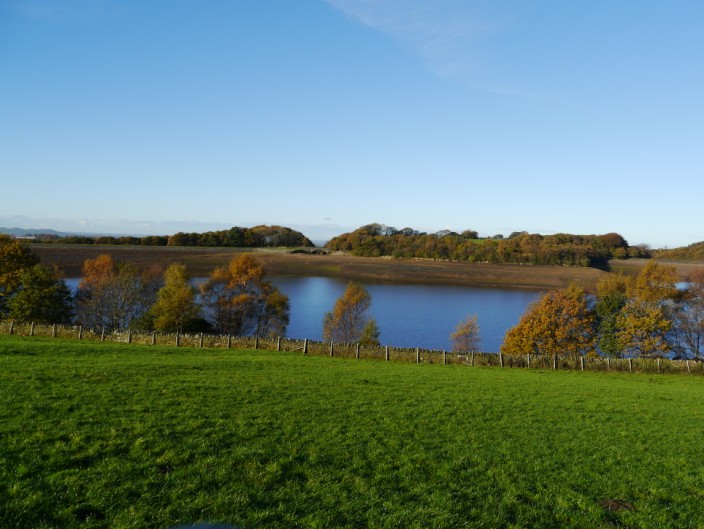
Yarrow Reservoir looking much depleted
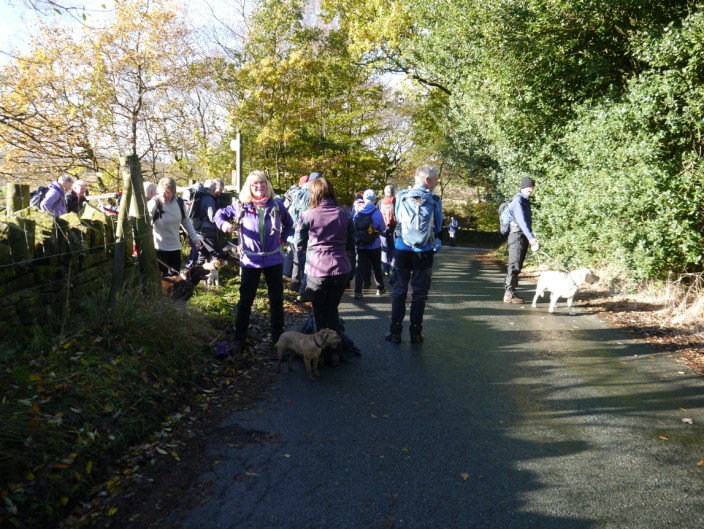
Gathering the troops before descending to Alliance Bridge . . .

from where the River Yarrow looks very different . . .
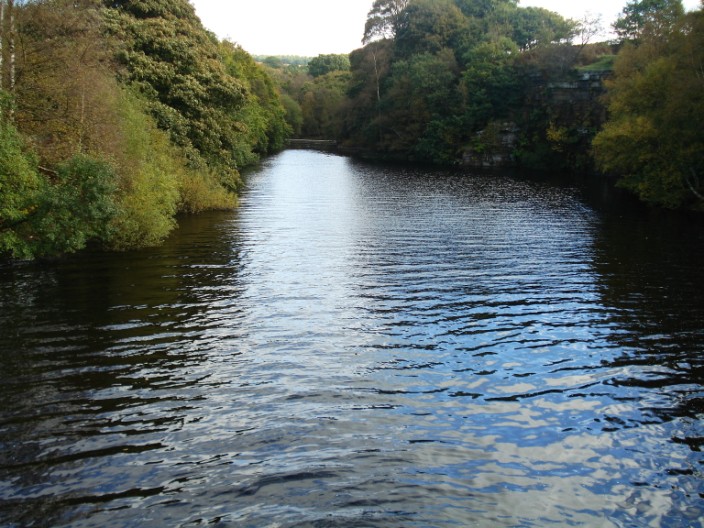
to how it looked in 2009
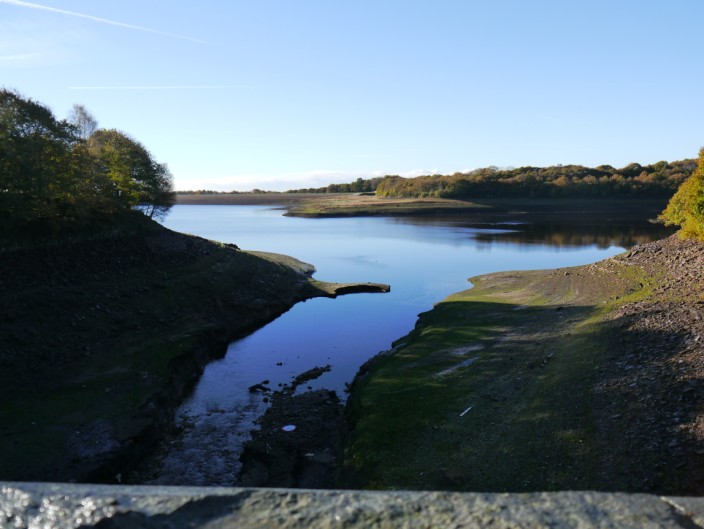
and similarly, from the opposite side of the bridge, the Yarrow
Reservoir today . . .
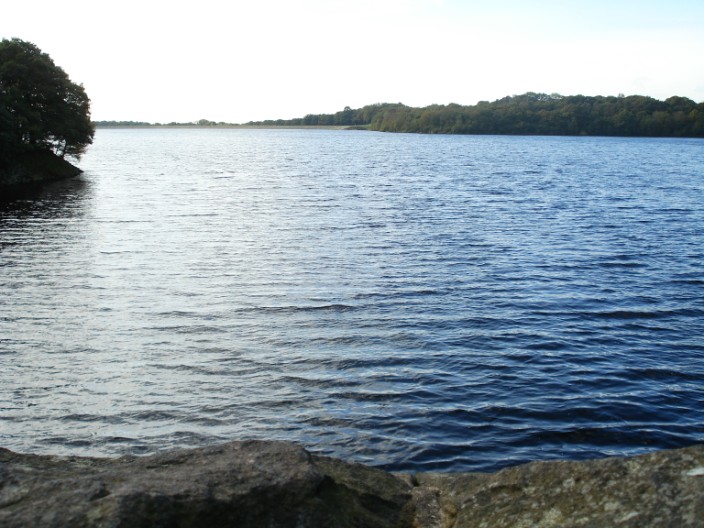
and in 2009
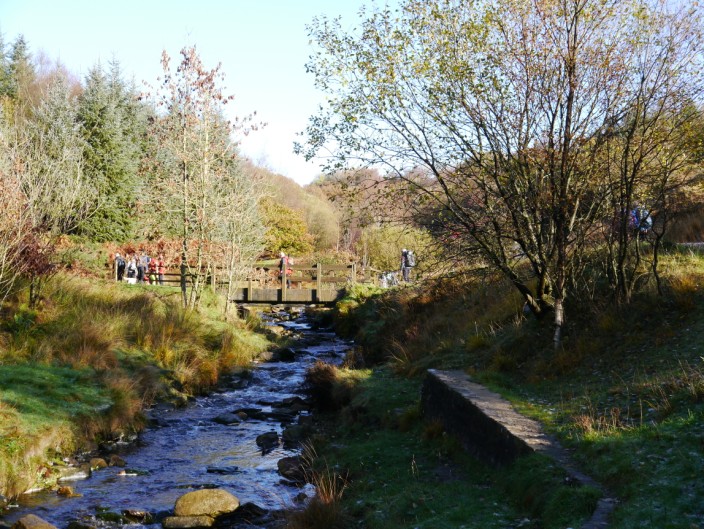
Crossing upstream . . .
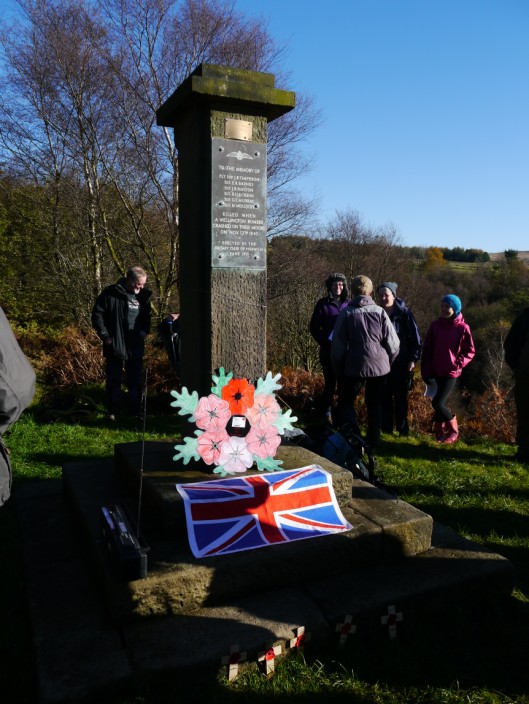
to reach the Bomber Memorial . . .
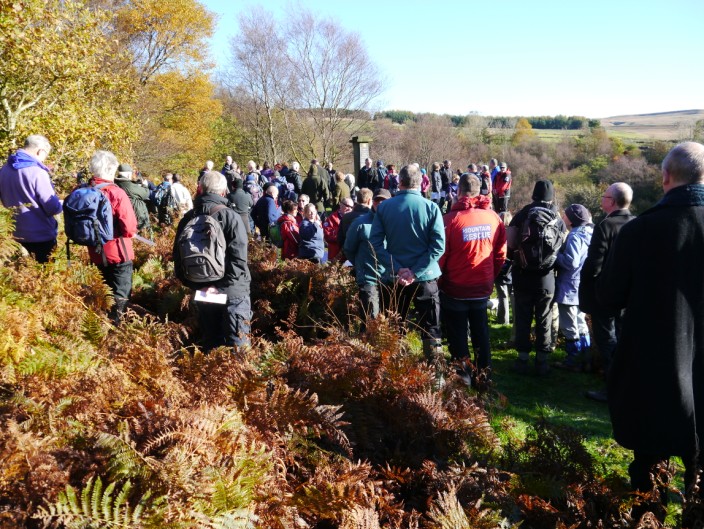
where a large number of people have already gathered . . .
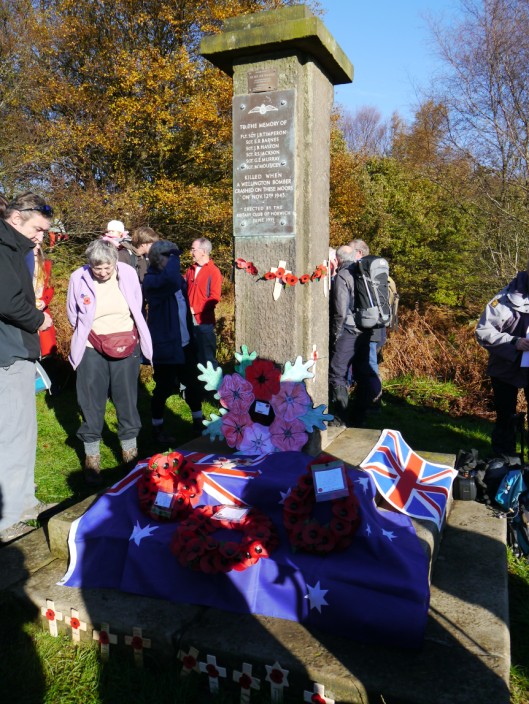
and after the service
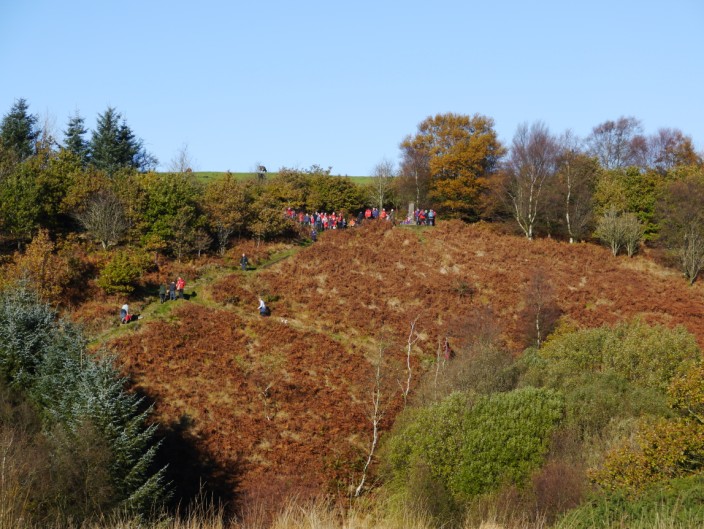
Zooming back to the memorial as we leave . . .
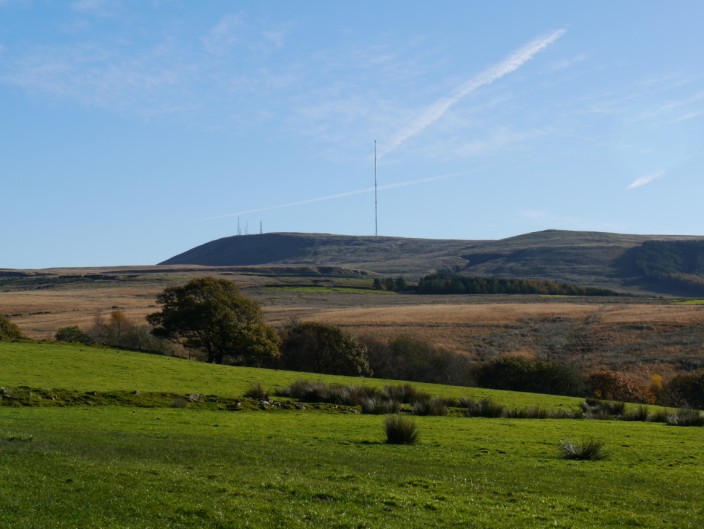
to head past Wilkinson Bullough . . .
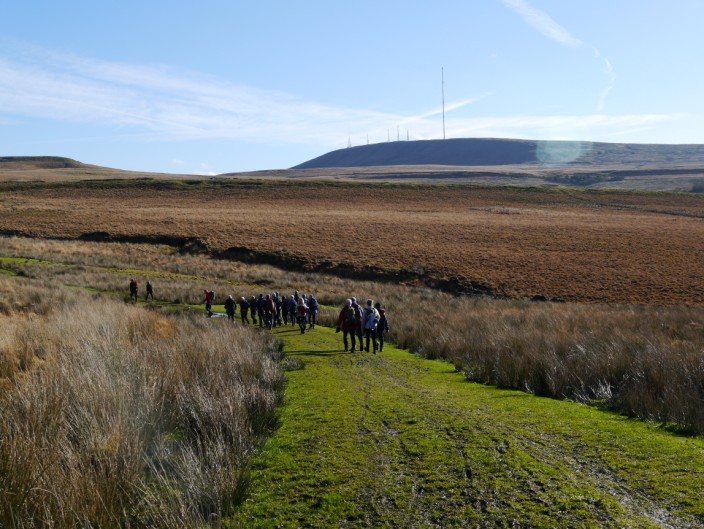
where there are great views to Winter Hill
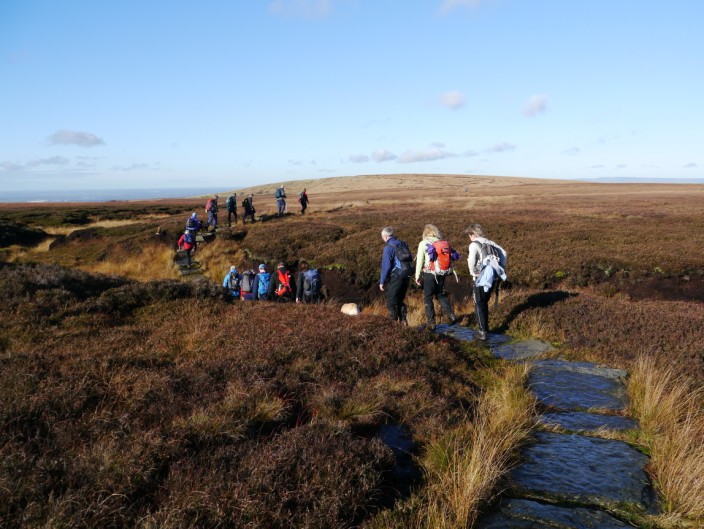
Joining the flagged track from Spitlers Edge . . .
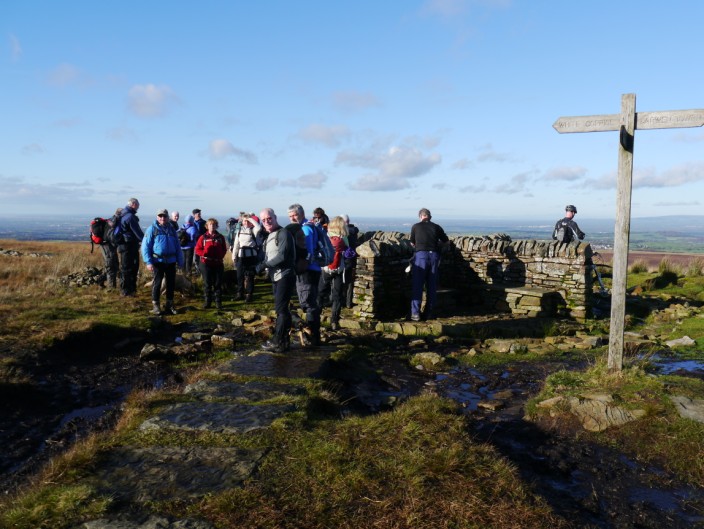
to Great Hill . . .
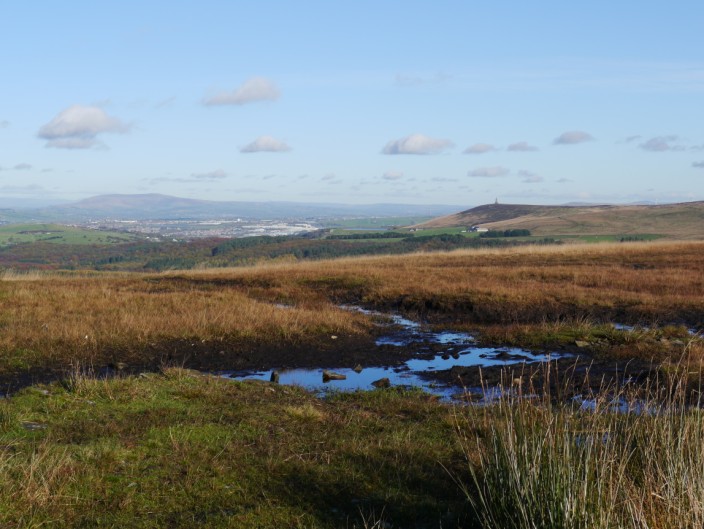
from where we can see Darwen Tower - and Blackburn!
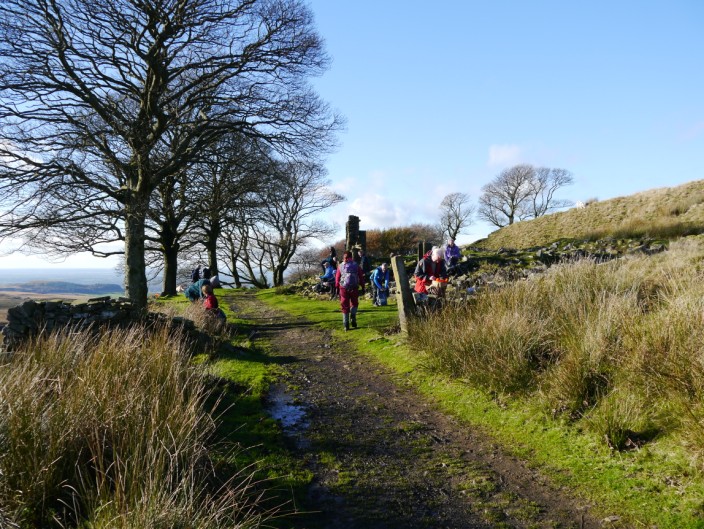
Drinkwaters is the ideal spot for lunch . . .
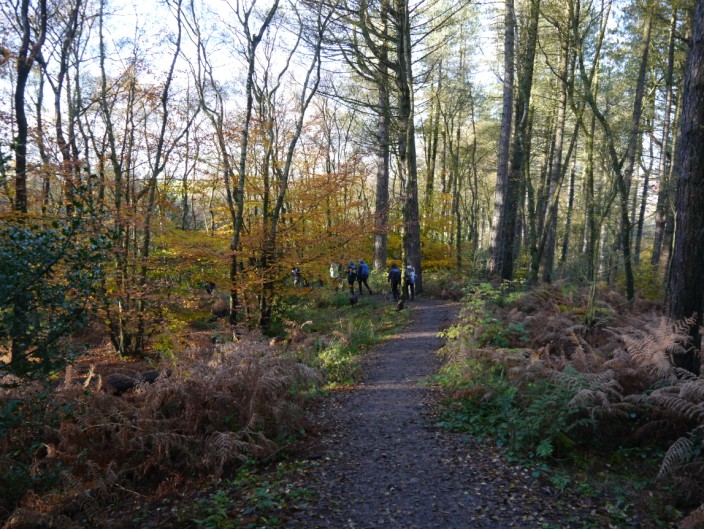
before following the track to Wheelton Plantation . . .
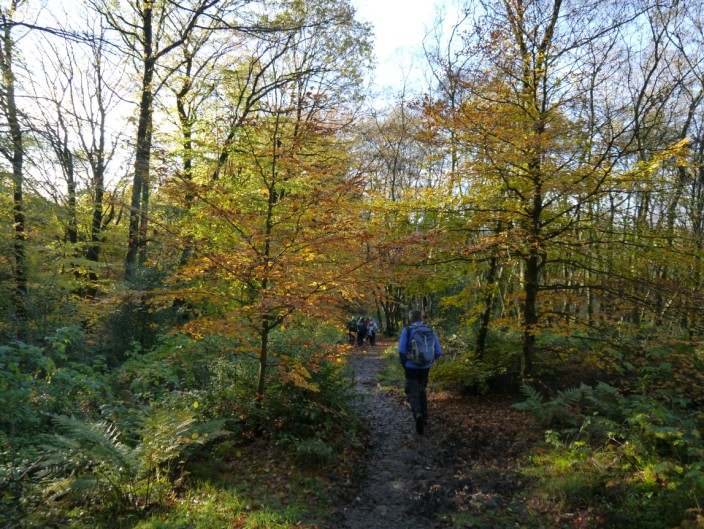
dressed for Autumn
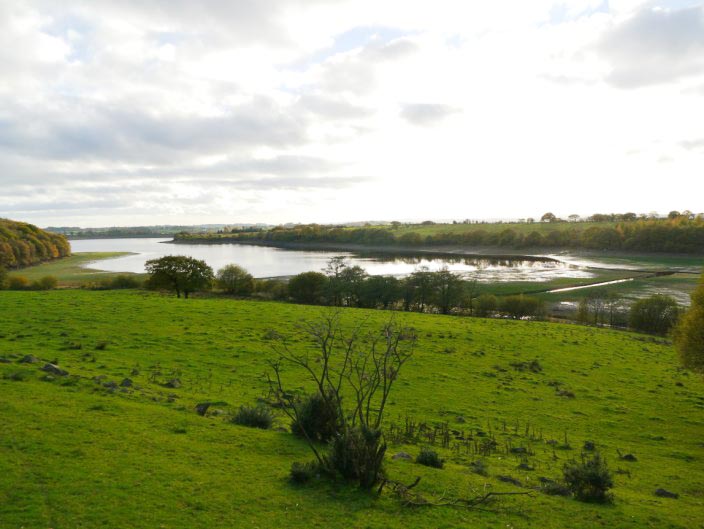
Heading back past Anglezarke Reservoir . . .
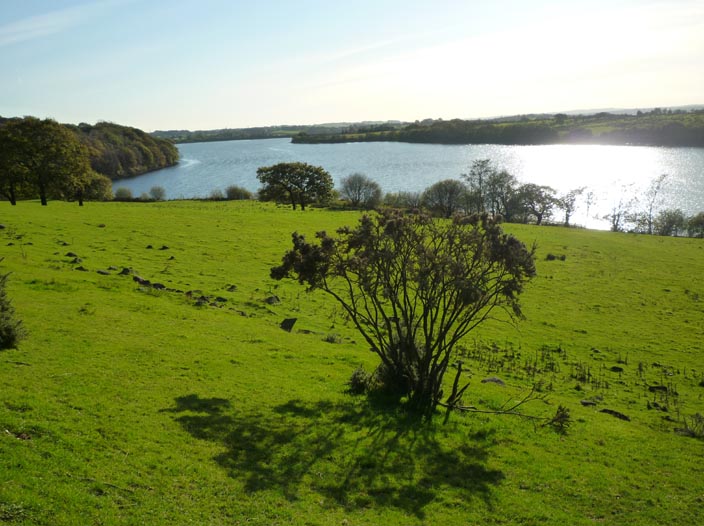
but in 2011!
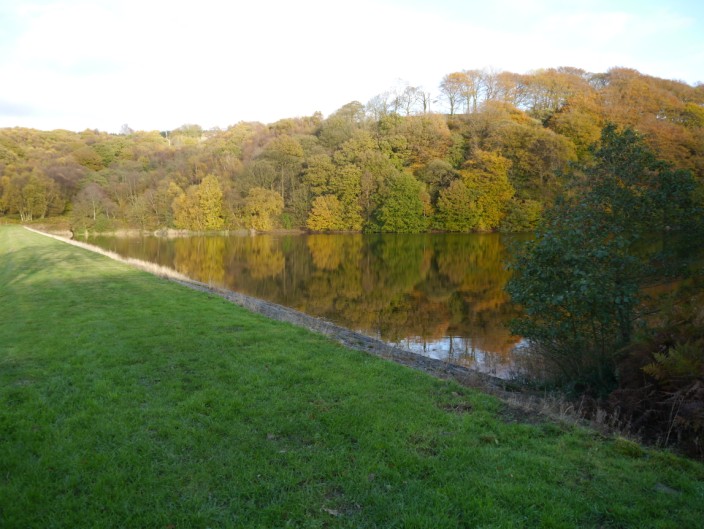
High Bullough Reservoir . . .
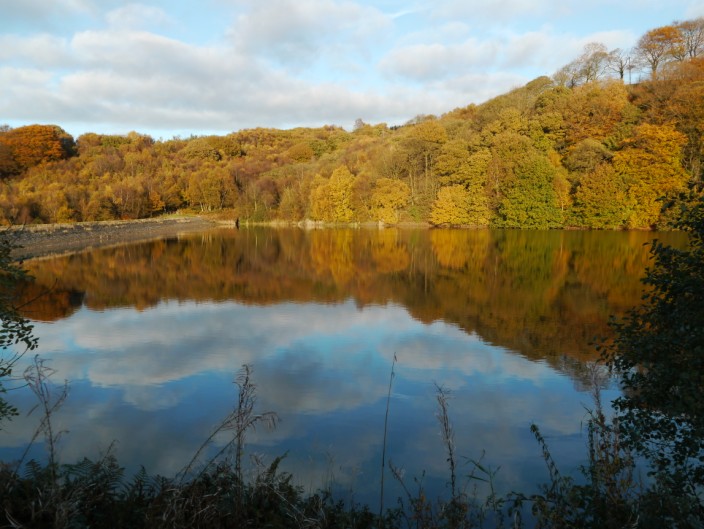
shows off its surrounding Autumn colours
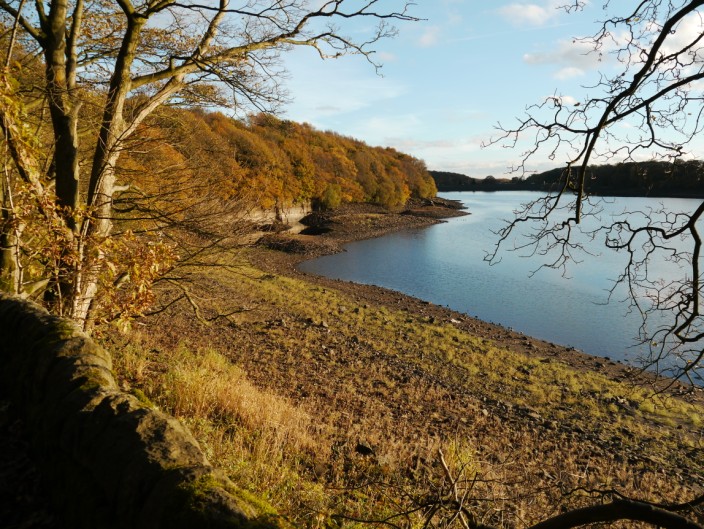
There must be some work going on with these reservoirs -
note the piles of stone on the left hand bank further along
Anglezarke Reservoir

The Pigeon Tower and Rivington Pike, nearing the end of the walk
Return to top Return to 2013 Diary
|
























